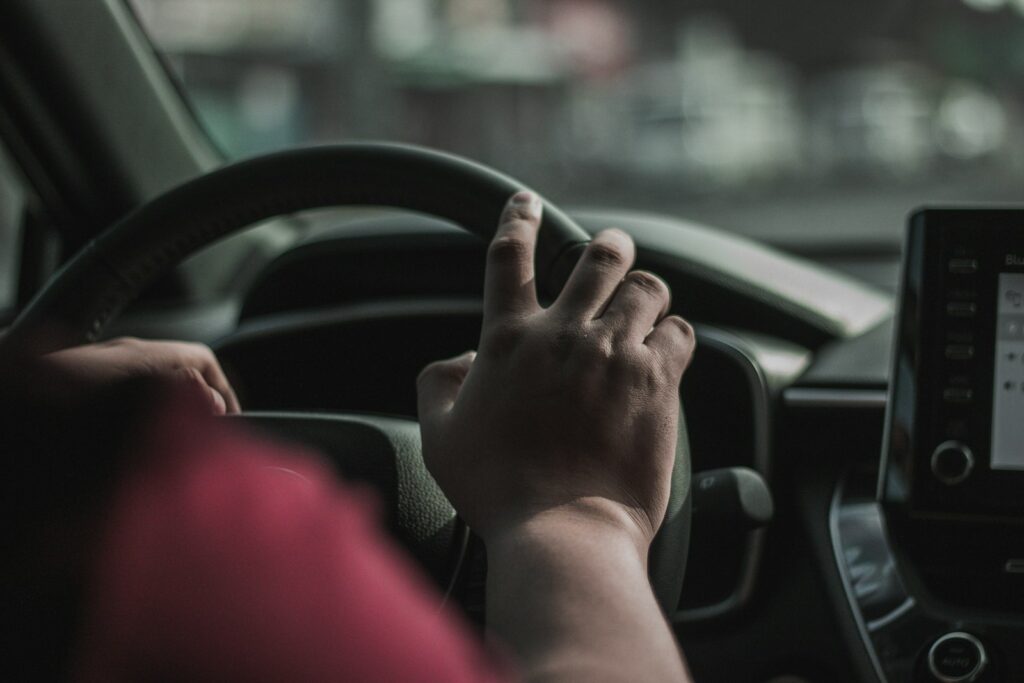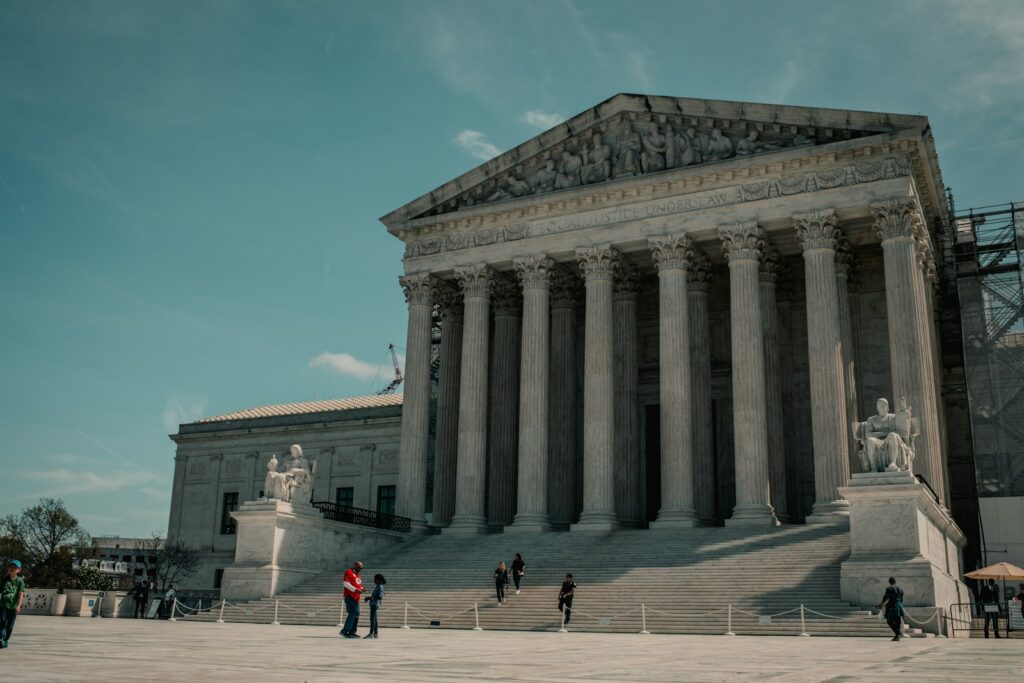
The community of Marin County, California, has been grappling with the profound impact of a tragic car crash that occurred on April 18, claiming the lives of four teenagers. This incident, which unfolded on a Friday evening, involved a 16-year-old driver whose vehicle veered off San Geronimo Valley Road, struck a tree, and subsequently caught fire. The devastating consequences of the crash have led to formal charges being filed against the teenage driver, drawing widespread attention to road safety, provisional licensing regulations, and the investigative processes that follow such heart-wrenching events.
Prosecutors confirmed to ABC News on Thursday that the 16-year-old girl has been charged with misdemeanor vehicular manslaughter without gross negligence. Additionally, she faces two infractions: driving at an unsafe speed and violating the provisional licensing program. The Marin County District Attorney’s Office and the California Highway Patrol (CHP) have conducted extensive investigations to determine the contributing factors to this collision, highlighting issues of speed and driver experience.
As the legal proceedings continue and the community mourns its losses, this article delves into the critical details surrounding the crash, the findings of the law enforcement investigation, the specific charges brought against the driver, and the broader implications for those involved and the wider Marin County area. We will examine the circumstances that led to the tragedy, the identified victims, and the initial legal responses, providing an informational overview based on confirmed reports from various news outlets and official statements.
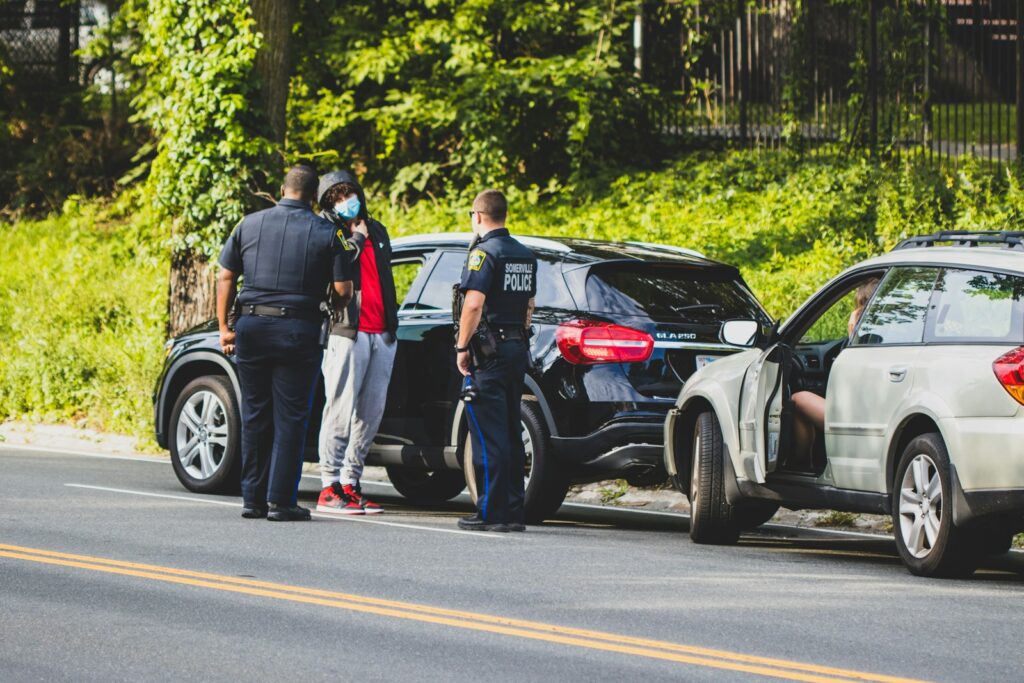
1. **The April 18 Tragedy: Details of the Marin County Car Crash**On April 18, at approximately 7:25 p.m. local time, a Volkswagen Tiguan carrying six teenagers was involved in a head-on collision that would tragically claim four lives. The incident occurred on westbound San Geronimo Valley Road in Woodacre, just west of Sir Francis Drake Boulevard. According to a report from the California Highway Patrol (CHP) obtained by ABC’s San Francisco station KGO, the teen suspect was allegedly driving between 60-65 mph in a 40 mph zone when the crash took place.
The CHP report detailed that the driver made an “unsafe turning movement,” which caused the car to leave the road and collide with a large Redwood tree. The force of this impact was severe, reportedly causing the rear of the vehicle to “lift off the ground and the vehicle’s roof impacted the tree.” Following the initial collision, the car “came to a rest on its wheels against the Redwood tree” and subsequently caught fire, as stated in the official report.
The gravity of the crash was immediately apparent. Due to the immense force involved, the driver and one passenger sustained serious injuries requiring hospitalization. Tragically, four other passengers in the vehicle suffered fatal injuries. The teens involved had reportedly met in Downtown Fairfax, California, and were on their way to one of the passengers’ homes for a sleepover when the devastating crash occurred, transforming a planned night of camaraderie into an unimaginable loss.
This incident sent “shockwaves through the Ross Valley and West Marin communities,” with more than 300 people attending a vigil the day after the crash. The profound impact on families and the local community underscored the severe consequences of the collision, prompting immediate public concern and calls for understanding the full scope of what happened on that fateful Friday evening. The initial details painted a grim picture of speed, loss of control, and devastating impact.
Car Model Information: 2022 Volkswagen Tiguan 2.0T SE
Name: Volkswagen Tiguan
Manufacturer: Volkswagen
Layout: 4motion
Class: Compact crossover SUV
BodyStyle: Sport utility vehicle
Chassis: Unibody
Production: 2007–present
ModelYears: 2009–present (North America)
Categories: 2010s cars, 2020s cars, All-wheel-drive vehicles, All Wikipedia articles written in British English, Articles with short description
Summary: The Volkswagen Tiguan (German pronunciation: [ˈfɔlksˌvaːɡn̩ ˈtiːɡu̯aːn]) is a sport utility vehicle produced by German manufacturer Volkswagen since 2007, sitting between the smaller T-Roc and the larger Touareg in the company’s crossover SUV range. The first generation was based on the PQ46 platform, while the second generation, released in 2016, utilizes the Volkswagen Group MQB A2 platform. It is generally considered to be a medium-sized SUV in Europe, while in North America it is considered to be a compact crossover SUV.
The name Tiguan is a portmanteau of the German words Tiger (“tiger”) and Leguan (“iguana”) and won a naming contest by German car magazine publisher Auto Bild—from a field of names that also included Namib, Rockton, Samun and Nanuk.
As of the spring of 2020, six million units had been sold worldwide, with 910,926 units being manufactured in 2019 alone, making the Tiguan the best-selling car overall in the Volkswagen Group. It was also the best-selling SUV in Europe.
Get more information about: Volkswagen Tiguan
Buying a high-performing used car >>>
Brand: Volkswagen Model: Tiguan
Price: $17,799 Mileage: 60,479 mi.
2. **Charges Filed: Misdemeanor Vehicular Manslaughter and Infractions**The 16-year-old girl who was behind the wheel during the fatal car crash in April has officially been charged by the Marin County District Attorney’s Office. Prosecutors confirmed to ABC News on Thursday that the teen driver faces a charge of misdemeanor vehicular manslaughter without gross negligence. This legal action marks a significant step in the ongoing response to the tragedy that claimed the lives of four young individuals.
In addition to the primary charge, the driver has also been cited for two infractions. These include driving at an unsafe speed, a direct reference to the speeds alleged in the CHP report, and a violation of the provisional licensing program, which governs the conditions under which new, young drivers can operate a vehicle. The combination of these charges and infractions reflects the various factors authorities believe contributed to the catastrophic incident.
Charles Dresow, the teen’s attorney, told ABC News on Thursday that “This is an unimaginable tragedy for all those involved,” acknowledging the profound sorrow surrounding the case. The misdemeanor vehicular manslaughter charge, filed without an allegation of gross negligence, carries a maximum sentence of one year in detention if a conviction is secured. This detail distinguishes it from more severe forms of vehicular manslaughter, which often involve higher degrees of recklessness.
The San Francisco Chronicle reported that the girl appeared with her parents in court on Wednesday afternoon. She is expected to formally enter an admission or denial of the charges in early December, initiating the next phase of the juvenile court proceedings. District Attorney Lori Frugoli stated that a judge allowed the juvenile court proceedings to be open to the public, despite her staff’s objection and request to keep the case confidential, as juvenile matters are typically confidential under state law.
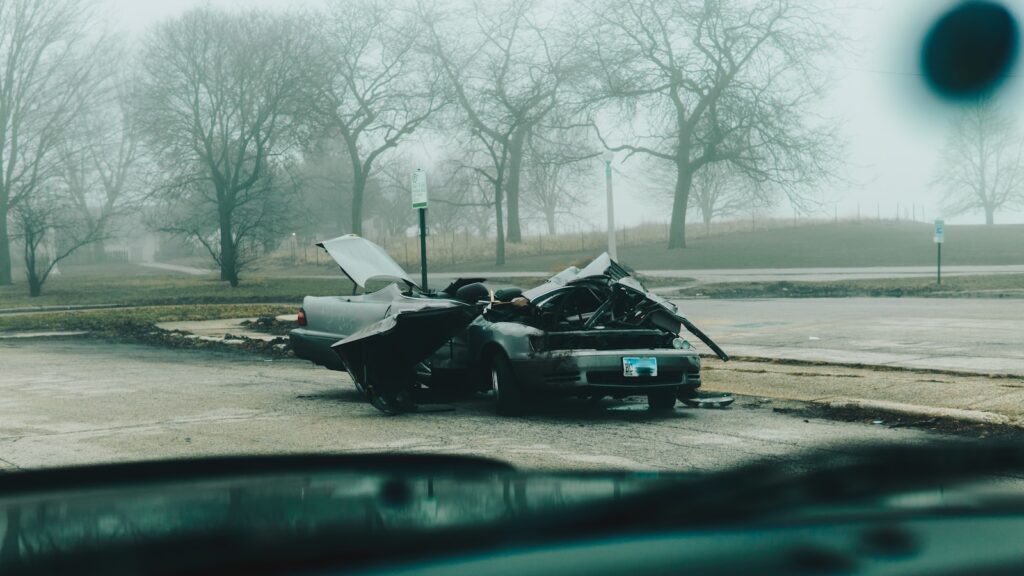
3. **CHP Investigation Reveals Speed and Unsafe Maneuver as Key Factors**The California Highway Patrol’s (CHP) investigation into the April 18 crash concluded that specific actions by the driver were central to the incident. According to a CHP report obtained by KGO, the cause of the crash was determined to be a combination of the speed at which the car was traveling, an “unsafe turning movement,” and the driver’s limited experience with her license. The report, which has not been publicly released in full, provided critical insights into the sequence of events.
Investigators alleged that the driver was traveling between 60 to 65 mph in a zone with a posted speed limit of 40 mph, meaning she was going up to 25 miles per hour faster than allowed. This excessive speed, coupled with an “unsafe turn near a curve in the road,” led to the vehicle veering off the road and striking a large tree. The CHP specifically noted that “speed was an associated factor contributing to this crash due to the roadway’s limited sight distance, narrow lanes, small shoulders, and forest bordering both sides.”
CHP Officer Darrel Horner, who prepared the investigative report, highlighted the driver’s relative inexperience. He wrote that the driver “only had her license for five months and likely lacked the experience to safely handle these road conditions at a high speed.” This assessment suggests that while speed was a direct cause, the driver’s limited time behind the wheel played a role in her inability to control the vehicle under challenging conditions.
The CHP investigators also addressed other potential contributing factors. They stated there were no “pre-collision conditions found that would have caused or contributed to the collision,” indicating no mechanical failures or other external factors immediately prior to impact. The investigation, which concluded in August, ultimately determined that the driver was at fault for the crash on westbound San Geronimo Valley Drive, forming the basis for the charges filed by prosecutors.

4. **Provisional License Violation: Driving with Underage Passengers**A significant aspect of the charges filed against the 16-year-old driver involves a violation of the provisional licensing program in California. This program sets specific restrictions for new drivers under a certain age, aiming to reduce risks associated with inexperience. Among these restrictions, as noted in the CHP report, is a prohibition against transporting passengers under the age of 20 during the initial months of holding a license.
CHP Officer Darrel Horner’s investigative report explicitly stated that the driver had a provisional license that prohibited her from transporting passengers under age 20. At the time of the crash, the passengers in the vehicle ranged in age from 14 to 16 years old, placing them squarely within the restricted category. This alleged violation adds another layer to the legal complexities facing the driver, indicating a breach of the conditions under which she was permitted to drive.
The context provides information that the driver had obtained her license only five months prior to the incident. This limited period of driving experience, combined with the presence of multiple underage passengers, is central to the provisional license violation. Officials articulated that she “likely lacked the experience to safely handle these road conditions at a high speed,” reinforcing the rationale behind such licensing restrictions.
Investigators also noted that the driver’s mother was reportedly aware of her daughter’s plans to drive her friends from Fairfax to Woodacre for a sleepover at one of the victim’s homes, despite the known restrictions on her license. This detail, if confirmed, could highlight the challenges associated with enforcing provisional license rules and the responsibilities of both young drivers and their guardians in adhering to these safety protocols designed to protect inexperienced motorists and their passengers.
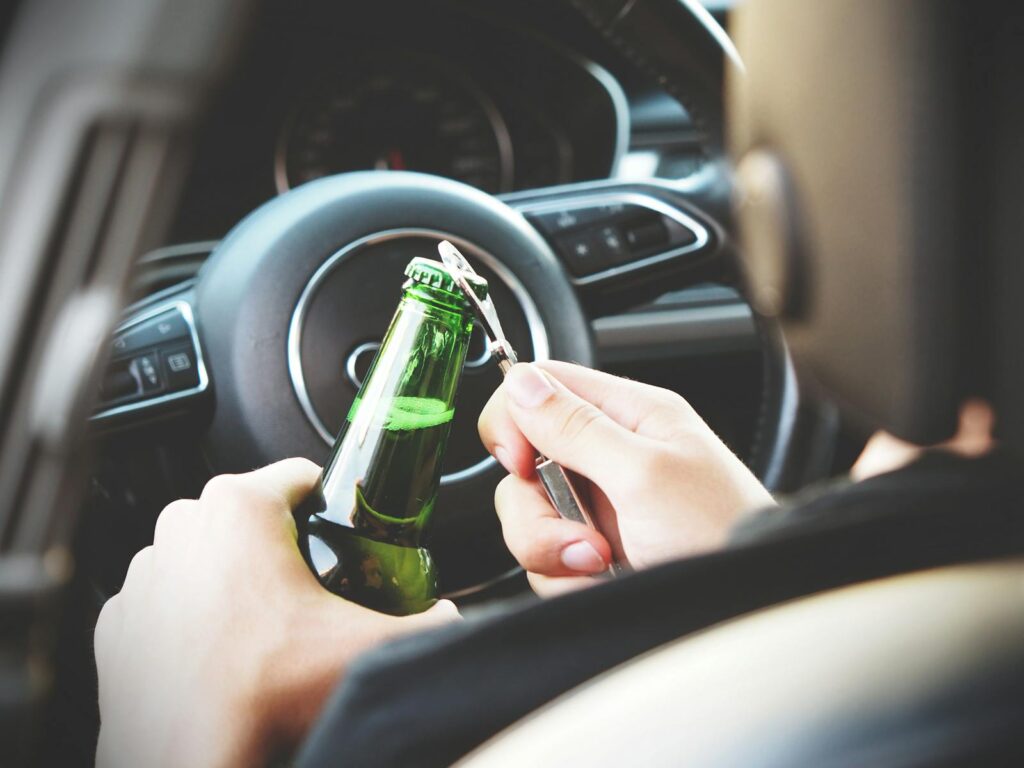
5. **The Victims: Four Archie Williams High School Students Identified**The lives lost in the devastating Marin County crash were those of four young students from Archie Williams High School in San Anselmo. The community was left to mourn the untimely deaths of Olive Koren, 14, a ninth grader, and three 15-year-old sophomores: Sienna Katz, Josalynn Osborn, and Ada Kepley. These teenagers were identified as the fatalities from the April 18 incident, bringing profound sorrow to their families, friends, and the entire school district.
School district officials confirmed that all four girls were students at Archie Williams High School. Their deaths have deeply impacted the educational community, which quickly mobilized to offer support and remembrance. The initial reports indicated that three of the victims were pronounced dead at the crash scene, while the fourth tragically succumbed to her injuries at a hospital, underscoring the severity and immediate impact of the collision.
The bonds between the young victims were strong, with reports indicating they had all been friends since kindergarten. On the night of the crash, they had reportedly met at a pet store in downtown Fairfax around 7 p.m. before embarking on their journey to Katz’s home for a planned sleepover. This detail paints a poignant picture of typical teenage plans suddenly cut short by an unforeseen catastrophe, leaving behind a void in their community.
One of the victims, Ada Kepley, briefly attended Apple Blossom Elementary in Sebastopol before her family moved to Fairfax in 2015, according to The Press Democrat. This small detail connects the tragedy to wider community networks beyond the immediate locale of the crash, showing the ripple effect of such a loss. The collective grief was palpable, evidenced by the significant turnout at the vigil held the day after the crash, symbolizing the widespread heartache felt for Olive, Sienna, Josalynn, and Ada.

6. **Survivor’s Account Versus Investigator Findings**One of the critical points of divergence in the investigation revolves around the testimony of the sole survivor of the April 18 crash, 14-year-old Marley Barclay. Barclay, who sustained minor injuries in the devastating incident, appeared in court with her family, seated in the first row. Her account provided a different perspective on the moments leading up to the collision.
Barclay had previously told KTVU, and reiterated to investigators, that her daughter told her the driver had done around a blind turn when another car veered into her lane, and swerved to avoid hitting it. She recounted seeing “bright headlights” coming toward their vehicle, appearing to be in their lane. This narrative suggested that an external factor, an oncoming vehicle, might have contributed to the driver’s loss of control.
However, the California Highway Patrol (CHP) investigation presented a contrasting view. CHP officials wrote in their report that they “found no evidence that the driver veered off westbound San Geronimo Valley Road to avoid an oncoming car.” Investigators stated explicitly that they “could not find evidence that a second vehicle was involved in the incident,” casting doubt on the presence of another car forcing the driver’s maneuver.
Marley Barclay’s account also included some uncertainty. While she described seeing headlights, the Chronicle reported that her testimony was potentially undermined by her admission that she was “not sure whether her own vehicle being driven by the 16-year-old was driving on the wrong side of the road.” She immediately lost consciousness when the vehicle collided with the tree, further limiting the definitive details she could provide from the critical moments of impact. This discrepancy highlights the challenges in reconstructing complex crash scenarios, especially when eyewitness accounts conflict with physical evidence.
7. **Absence of Alcohol or Drugs as Factors**Amidst the investigation into the fatal Marin County crash, a significant finding from the California Highway Patrol (CHP) report was the clear absence of alcohol or drugs as contributing factors. Despite the severe nature of the collision and the tragic loss of life, investigators determined that intoxication played no role in the incident. This aspect of the investigation helped to narrow the focus to other potential causes, particularly driver behavior and road conditions.
The CHP report explicitly stated, “There was no evidence of the driver being under the influence of alcohol or drugs at the time of the crash.” This finding was consistently reiterated across various reports, confirming that the tragic event was not linked to substance impairment. Police “did not allege intoxication” in their recommendations for charges, further solidifying this conclusion.
This elimination of drugs or alcohol as a factor allows for a more concentrated examination of other variables, such as speed, driver experience, and roadway characteristics. While the absence of intoxication does not diminish the gravity of the incident, it clarifies that the driver’s judgment was not impaired by substances, shifting the focus to her actions and external circumstances on the road. The investigative team meticulously pursued all avenues to ensure a comprehensive understanding of the crash’s etiology, and this particular finding was a crucial piece of the overall puzzle.
Read more about: Decoding the ‘Worst’: 12 Critical Dangers Pharmacists Want You to Understand About Blind Supplement Stacking
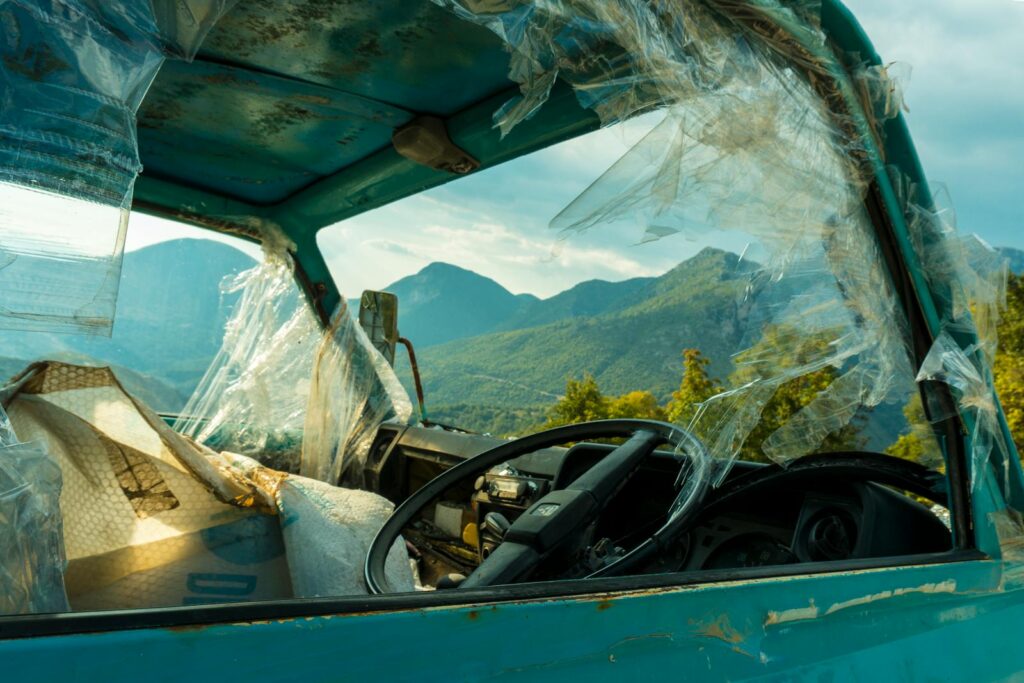
8. **Crucial Evidence: The Speedometer and the Missing ‘Black Box’**The investigation relied heavily on available physical evidence to reconstruct the events of the crash, particularly concerning the vehicle’s speed. A key piece of evidence recovered from the wreckage was the car’s speedometer, which provided crucial insight into how fast the vehicle was traveling at the moment of impact. This component became a central element in the California Highway Patrol’s assessment of the driver’s alleged unsafe speed.
According to the CHP report, the vehicle’s speedometer was found “frozen at 60-65 mph” after the crash. Investigators were able to interpret this finding with a degree of certainty. The report explained, “Based on the design of the motors in the instrument panel, it was determined that this would have been an accurate speed at the time of power loss during the impact with the tree.” This indicated that the vehicle was likely traveling at least 60 to 65 miles per hour when it collided with the redwood tree.
It was also clarified that this measurement represented a minimum speed. The report noted, “This speed would not account for any braking or slowing prior to striking the tree. Therefore, this would be considered a minimum speed.” This means the actual speed leading up to the crash might have been even higher before any potential, albeit unconfirmed, deceleration attempts. The frozen speedometer became a tangible piece of data supporting the allegations of excessive speed in a 40 mph zone.
However, a critical piece of modern vehicle data was missing due to the severity of the crash: the vehicle’s data recorder, often referred to as a “black box.” This device “was not recovered, as it was destroyed in the crash,” according to the investigative report. The loss of this vital instrument represented a significant challenge for investigators.
The black box typically stores invaluable information, including accurate details on the vehicle’s speed, braking patterns, steering input, and even whether other vehicles might have been involved in the seconds leading up to a collision. Its destruction meant that definitive electronic data that could have corroborated or contradicted various aspects of the investigation, particularly concerning the driver’s actions and the potential involvement of another vehicle, was unavailable. This absence underscores the difficulty in obtaining a complete digital record of such a violent and destructive event.
9. **Legal Proceedings: Juvenile Court and Public Access**The legal proceedings against the 16-year-old driver have been initiated in juvenile court, a distinct legal arena that typically prioritizes privacy for minors. The driver appeared in court with her parents, as reported by The San Francisco Chronicle. She is scheduled to return to court on December 3 at 1:30 p.m. local time at Marin County Juvenile Hall, where she is “expected to formally enter an admission or denial of the charges.” This marks a critical juncture in the legal process.
Marin County District Attorney Lori Frugoli made a notable decision to allow the juvenile court proceedings to be open to the public. This ruling came despite objections from her staff, who requested that the case remain confidential. Frugoli acknowledged that “juvenile matters are usually confidential under state law,” yet she chose to permit public access, a move that reflects the high public interest and the profound impact of the case on the community.
In light of the public nature of the proceedings, District Attorney Frugoli also addressed the ongoing investigative work. She stated that “In any event, because this matter is an ongoing investigation, the district attorney will not release any non-public information, including witness statements or evidence, before final adjudication of the allegations.” This ensures that while the court process may be observed, specific sensitive details related to the investigation will remain protected until the case reaches its conclusion.
The charges the driver faces include misdemeanor vehicular manslaughter without gross negligence, along with two infractions for driving at an unsafe speed and violating her provisional license. The misdemeanor vehicular manslaughter charge carries a specific potential penalty under the law. If a conviction is secured, it “carries a maximum sentence of one year in detention.” This distinguishes it from more severe gross vehicular manslaughter charges, which imply a higher degree of recklessness.
Despite the gravity of the charges and the ongoing legal process, the teen driver is currently not in custody. Her appearances in court with her parents underscore the nature of juvenile proceedings, which often involve parental involvement and a focus on rehabilitation and accountability within the juvenile justice system. The December court date will be a key moment as the defense responds to the allegations.
10. **Wider Repercussions: Community Grief and County Legal Claims**The tragic car crash on April 18 has left an indelible mark on the Marin County community, extending beyond the immediate families affected. The incident “sent shockwaves through the Ross Valley and West Marin communities,” leading to widespread grief and calls for increased road safety. More than 300 people attended a vigil held the day after the crash, demonstrating the profound collective sorrow and solidarity felt across the region.
In the wake of the tragedy, the county itself is facing significant legal challenges. Marin County “is facing at least 10 legal claims over the crash,” according to reports. These claims are not yet full lawsuits but serve as “a precursor to potential lawsuits,” indicating that families and other parties may pursue civil action against the county. The allegations within these claims “accuse the county of negligence in designing and maintaining the road, among other allegations.” This suggests a broader scrutiny of infrastructure and safety measures along San Geronimo Valley Road.
Responding to immediate concerns and the ongoing legal scrutiny, the county has taken steps to address perceived road hazards. Following the crash, “the county’s public works staff installed advisory signs that alert drivers to an approaching curve in the road.” This proactive measure aims to improve driver awareness and prevent similar incidents in the future. Furthermore, the county is considering “more road improvements,” indicating a commitment to evaluating and enhancing road safety in the area where the devastating collision occurred.
These legal claims and the county’s response highlight the multifaceted repercussions of such a tragic event. Beyond the criminal proceedings involving the driver, there is a parallel process of seeking accountability through civil channels and a public demand for infrastructure improvements. The enduring grief, coupled with the legal and municipal actions, underscores the long-term impact on Marin County as it grapples with loss, responsibility, and the imperative to prevent future tragedies.
The Marin County community continues to navigate the profound aftermath of the April 18 crash, an event that tragically claimed the lives of four young students and left a lasting imprint on families and the wider region. As the legal proceedings against the teenage driver continue to unfold in juvenile court, with detailed examinations of speed, driver experience, and conflicting testimonies, the incident serves as a stark reminder of the complexities inherent in road safety, provisional licensing, and the meticulous process of crash investigation. While the immediate shock has given way to a period of mourning and legal action, the broader community response, including civil claims against the county and ongoing efforts to enhance road safety, reflects a collective resolve to understand the full scope of this tragedy and to learn from its devastating lessons for the future. The memory of Olive, Sienna, Josalynn, and Ada remains a poignant call for vigilance and responsibility on our roads.

